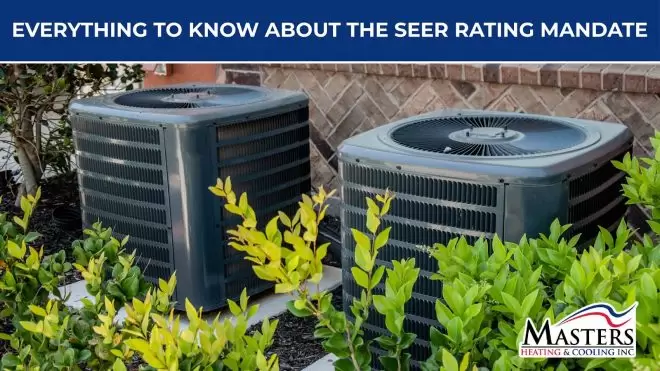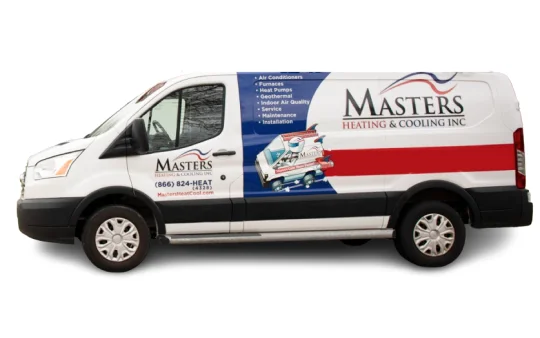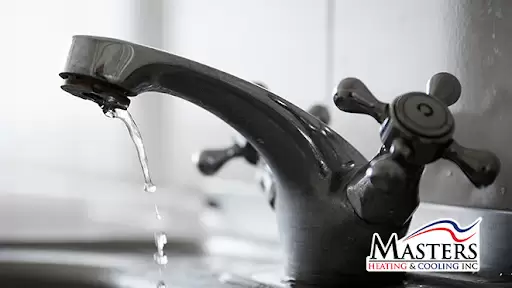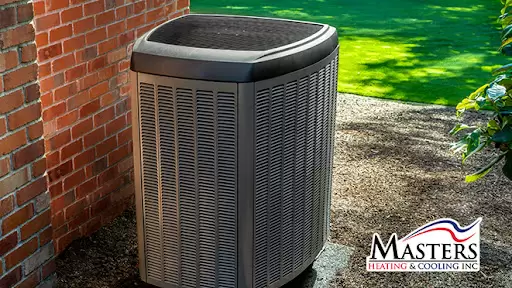What Is SEER & What The Changing SEER Rating Mandate Means To You

The SEER rating or seasonal energy efficiency ratio is important information to have when you’re considering an upgrade to your home’s cooling system. The U.S. Department of Energy determines SEER ratings, which are used to measure a cooling unit’s efficiency. Heat pump and gas furnace efficiencies are tracked using different industry standards.
The Energy Policy Act, which established a SEER rating of 10 as the industry benchmark, was signed by former President Bush in 1992. Since then, technology has improved, and the minimum SEER rating has increased. The higher the SEER, the more efficient the cooling unit.
Starting in January 2023, and for the first time since minimum SEER ratings were instituted, different rating requirements will be the norm depending on where in the continental U.S. the unit is sold and installed. For example, in the northern states, a SEER of 14 will be required. Because summer temperatures in southern states tend to be higher and the cooling season longer, the minimum SEER rating will be 15.
Want To Know More?
As we said earlier, the higher the SEER, the more efficient an air conditioner is. The greater the efficiency level, the lower utility costs tend to be. Basically, the SEER rating tells homeowners the average amount of electricity needed by the unit to achieve the desired cooling temperature. With each increase in the SEER rating, electric usage decreases by 10%. For example, an 18 SEER cooling unit will use 10 percent less energy to reach the comfort level than a 17 SEER unit.
When deciding which unit’s rating is best for your home, there are other factors to consider. If you’re planning to sell your home relatively soon after upgrading, a higher SEER really won’t mean much to you, and you’ll likely not get the total return on your investment. If the cooling season is shorter where you live, or temperatures remain moderate, then a higher SEER probably matters little. A third consideration is the type of indoor environment you enjoy. If you prefer the inside to be more on the warm side, a lower SEER will probably be just fine.
To learn even more about SEER ratings and how to choose what’s best for you, call Masters Heating & Cooling today . Our professionally trained staff has the information you need to make an informed and economical decision.
Request Service

Why Choose Masters Heating & Cooling?
Northeast Indiana's HVAC & Plumbing Experts
- Licensed, insured & NATE-certified technicians
- Carrier Customer Specialist with experience servicing all brands
- Free estimates on replacement quotes
- Upfront pricing & financing options
- Background-checked technicians
- Military, veteran & senior discounts
- Serving Fort Wayne, Decatur, Greenwood & Indianapolis



